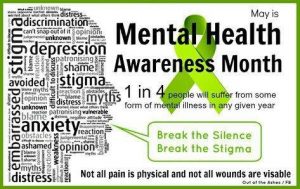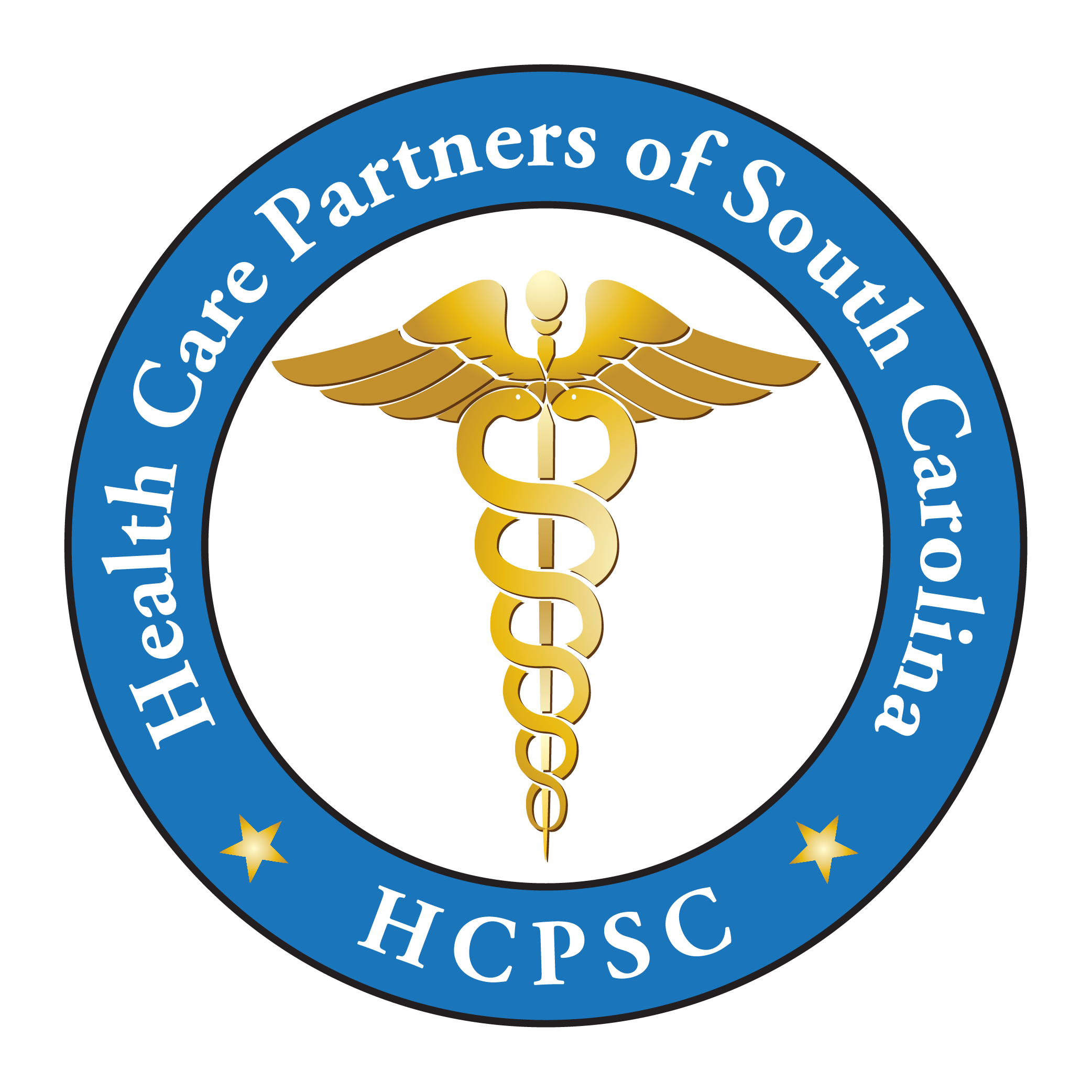More Than Asthma, More Than Food AllergiesMore than 60 million Americans overall have asthma and allergies.
- About 26 million Americans have asthma (19 million adults and 6.2 million children)
- About 32 million Americans have food allergies (26 million adults and 6 million children)
- About 21 million Americans have hayfever, rhinitis or nasal allergies (20 million adults and 5.6 million children)
These numbers paint a picture of how many people in the U.S. are managing asthma and allergies. But they don’t paint a picture of the overall impact these diseases have on people and communities. These conditions can be challenging to manage. But it’s important to remember your condition doesn’t define you.

National Stroke Awareness Month- In May alone, some 65,000 Americans will experience a stroke with many unaware that they were even at risk. Less than a third will arrive in the emergency room within three hours, the optimal time period for better outcomes. May marks National Stroke Awareness Month, and this year the National Stroke Association is turning the spotlight on the 10 modifiable risk factors that account for 90% of strokes globally. Hypertension remains the single most important modifiable risk factor, accounting for nearly 48% of strokes. With eight in 10 people experiencing their first stroke having hypertension, getting your blood pressure checked is an important first step in controlling your stroke risk.Research has shown that unhealthy behaviors such as physical inactivity, poor diet, and smoking have an adverse effect on health and increase your stroke risk. For example, smokers have an increased risk of stroke, up to two to four times, compared to a nonsmoker or those that have quit for longer than 10 years.
During National Stroke Awareness Month, the National Stroke Association is urging the public to look at their stroke risk factors, and pledge to make at least one change to reduce their stroke risk.
Here’s how much stroke would be reduced if each were eliminated:
– Hypertension 47.9%
– Physical inactivity 35.8%
– Lipids (blood fats) 26.8%
– Poor diet 23.2%
– Obesity 18.6%
– Smoking 12.4%
– Heart causes 9.1%
– Alcohol intake 5.8%
– Stress 5.8%
– Diabetes 3.9%
Beyond reducing your risk for stroke, knowing the signs and symptoms of a stroke are equally important. Every 40 seconds someone in the U.S. has a stroke and around 800,000 people will have a stroke in the United States this year alone.
Knowing the signs of stroke, how to prevent it, and how to help others around you, just might save a life. Sadly, however, fewer than half of 9-1-1 calls for stroke are made within one hour of symptom onset and fewer than half of callers correctly identify stroke as the reason for their call. The acronym FAST is an easy way to identify the most common symptoms of a stroke:
F – Face: Ask the person to smile. Does one side of the face droop?
A – Arms: Ask the person to raise both arms. Does one arm drift downward?
S – Speech: Ask the person to repeat a simple sentence. Is their speech slurred?
T – Time: If you observe any of these signs, call 9-1-1 immediately.
A common misconception is that strokes occur only in older adults. Although, your stroke risk increases with age, a stroke can happen to anyone at any time. About 15% of ischemic strokes occur in young adults and adolescents.
The need for public awareness surrounding stroke prevention and awareness has never been greater. Despite being a leading cause of adult long-term disability, and the fifth leading cause of death, less than one in five Americans can correctly classify all five stroke symptoms. The time to take action is now. This May, during National Stroke Awareness month, get to know your stroke risk factors and learn to better identify the signs and symptoms of stroke. The life you save just might be your own.

Arthritis Awareness Month- May is recognized each year as National Arthritis Awareness Month. Arthritis is a disease that impacts more than 50 million Americans, making it the number one cause of disability in the country. That means 1 in every 5 adults, 300,000 children and countless families are affected by arthritis.




